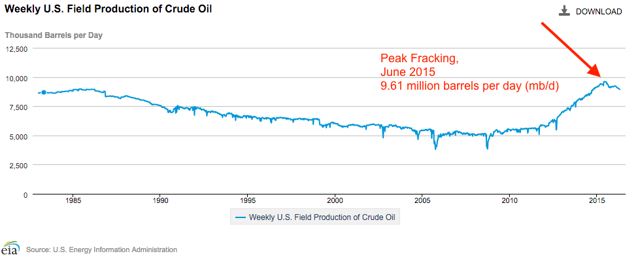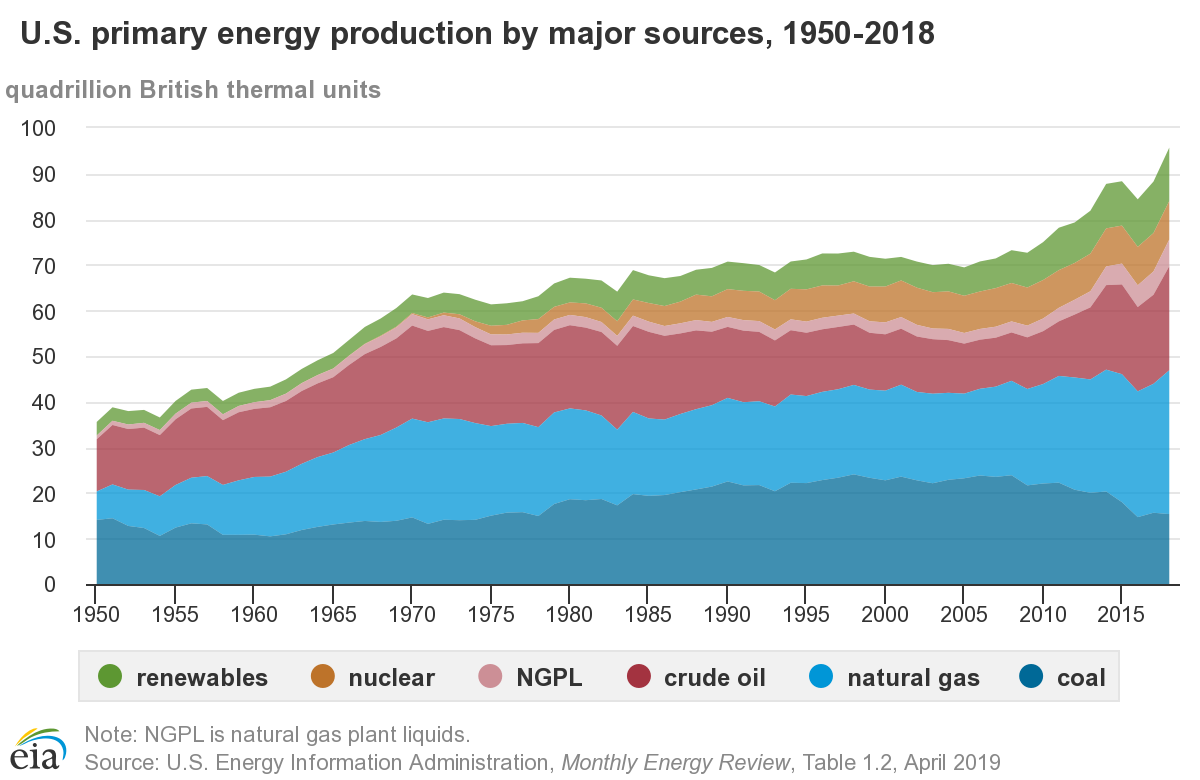

- #Fracked gas price trends update#
- #Fracked gas price trends full#
In the Northeast, at the Algonquin Citygate, which serves Boston-area consumers, the price increased 84 cents from $5.19/MMBtu last Wednesday to $6.03/MMBtu yesterday. At the peak, 2.7 million customers in Florida were without power, according to the report. #Fracked gas price trends update#
Over 200,000 homes and businesses remain without power in Florida following Hurricane Ian, according to the Hurricane Ian DOE Situation Report Update 17. Natural gas consumption in the electric power sector in the Southeast declined by 16%, or 1.6 billion cubic feet per day (Bcf/d) week over week, according to data from PointLogic.
In the Southeast, the Florida Gas Transmission (FGT) Citygate spot price, which reflects deliveries into Florida via the FGT pipeline, fell slightly, by 6 cents, from $6.87/MMBtu last Wednesday to $6.81/MMBtu yesterday. Week-over-week increases at major pricing hubs ranged from $0.64 at PG&E Citygate in northern California to $1.36 at Malin at the California-Oregon border, while the price at the Waha Hub in western Texas decreased by $0.61, and the price at the Henry Hub in southern Louisiana decreased by $0.55. Select regional spot prices: Natural gas spot prices rose at most locations this report week (Wednesday, September 28, to Wednesday, October 5). The price of the 12-month strip averaging November 2022 through October 2023 futures contracts climbed 9 cents to $5.830/MMBtu. The November 2022 NYMEX contract price decreased to $6.930/MMBtu, down 3 cents from last Wednesday to yesterday.  Henry Hub futures prices: The October 2022 NYMEX contract expired last Wednesday at $6.868/MMBtu. Henry Hub spot price: The Henry Hub spot price fell 55 cents from $6.61 per million British thermal units (MMBtu) last Wednesday to $6.06/MMBtu yesterday. Market Highlights: (For the week ending Wednesday, October 5, 2022) Currently, the National Oceanic and Atmospheric Administration (NOAA) forecasts that October will have above-normal temperatures after a cool start in most of the Lower 48 states, which could drive higher-than-normal balances into November as a result of decreased demand. For the past two years, October has had above-normal temperatures leading to more injections into storage. Trends in temperatures and possible storms in October will play key roles in determining end-of-season working gas levels. dry natural gas production has exceeded 100 Bcf/d on seven days, according to data from PointLogic.īased on data from EIA and PointLogic, dry natural gas production during the 2022 injection season has been higher than in any other refill season on record, and 3.9 billion cubic feet per day (Bcf/d), or 4.2%, higher than the 2021 season average. also started the refill season with low natural gas inventory and relatively high natural gas production. In 20, net injections into natural gas storage in the Lower 48 states were greater than or equal to 100 Bcf for 10 weeks. For the week ending September 30, the South Central region almost doubled its injections from the previous week, totaling 45 Bcf. When the storm made landfall on the southwest Florida coast on September 29, 2.6 million Floridians’ homes and businesses were without power.
Henry Hub futures prices: The October 2022 NYMEX contract expired last Wednesday at $6.868/MMBtu. Henry Hub spot price: The Henry Hub spot price fell 55 cents from $6.61 per million British thermal units (MMBtu) last Wednesday to $6.06/MMBtu yesterday. Market Highlights: (For the week ending Wednesday, October 5, 2022) Currently, the National Oceanic and Atmospheric Administration (NOAA) forecasts that October will have above-normal temperatures after a cool start in most of the Lower 48 states, which could drive higher-than-normal balances into November as a result of decreased demand. For the past two years, October has had above-normal temperatures leading to more injections into storage. Trends in temperatures and possible storms in October will play key roles in determining end-of-season working gas levels. dry natural gas production has exceeded 100 Bcf/d on seven days, according to data from PointLogic.īased on data from EIA and PointLogic, dry natural gas production during the 2022 injection season has been higher than in any other refill season on record, and 3.9 billion cubic feet per day (Bcf/d), or 4.2%, higher than the 2021 season average. also started the refill season with low natural gas inventory and relatively high natural gas production. In 20, net injections into natural gas storage in the Lower 48 states were greater than or equal to 100 Bcf for 10 weeks. For the week ending September 30, the South Central region almost doubled its injections from the previous week, totaling 45 Bcf. When the storm made landfall on the southwest Florida coast on September 29, 2.6 million Floridians’ homes and businesses were without power. 
The large net injection at the end of the month was, in part, a result of more production and less demand following cooler temperatures and energy disruptions brought about by Hurricane Ian. Net injections exceeded 100 Bcf for the last three weeks in September.
#Fracked gas price trends full#
Through four full weeks in September, net injections into natural gas storage in the Lower 48 states averaged 103 Bcf, which is 22 Bcf higher than the five-year (2017–2021) average.

The late-season injections from the past three weeks have decreased the storage deficit from 11% on September 2 to 8% on September 30. Storage levels at the beginning of refill season (April 1) were lower than the five-year average because of a mid-winter surge in demand followed by record-high electricity generation this summer, limiting natural gas injections. Total working natural gas stored in the Lower 48 states on September 30 was within the five-year historical range, totaling 3,106 Bcf, which is 8% below the five-year average of 3,370 Bcf. The largest injection in the 2022 season so far was 129 billion cubic feet (Bcf) for the week ending September 30, which is the fourth net injection greater than 100 Bcf in 2022 and the second-highest net injection on record, 3 Bcf below the record injection of 132 Bcf in 2015, according to data from our Weekly Natural Gas Storage Report. working natural gas storage in the Lower 48 states are increasing at the end of the 2022 injection season (April–October), ahead of winter. Larger-than-normal natural gas storage injections in September improved working gas stocks ahead of winter








 0 kommentar(er)
0 kommentar(er)
